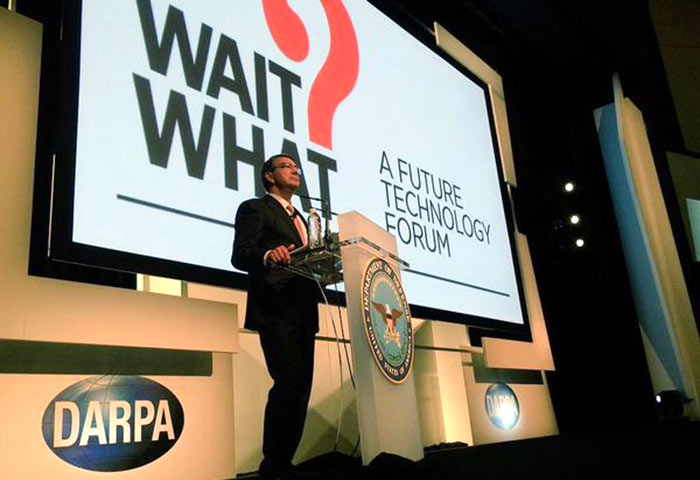Researchers working at XEROX PARC have developed a computer chip which can self-destruct on command. The research project was funded by the Defence Advanced Research Projects Agency in the US (DARPA) as one which could help safeguard secret/sensitive information if it ever got into 'enemy' hands.

The self-destructing chip was demonstrated last Thursday at DARPA's Wait, What? event in St. Louis. Research into the chip was funded as it qualified for of DARPA's vanishing programmable resources project. It is envisaged that the chip could carry sensitive data, such as encryption keys, and if it fell into enemy hands it could be commanded to shatter irrecoverably, into thousands of pieces.

"The applications we are interested in are data security and things like that," said Gregory Whiting, a senior scientist at PARC in Palo Alto, California, quoted in a ComputerWorld report . "We really wanted to come up with a system that was very rapid and compatible with commercial electronics."
A key structural component of the self-destructing chip is Gorilla Glass from Corning. The chip designers "ion-exchange temper" the structural glass to build in stress. In the demonstration on Thursday a command was sent to an example chip which turned on a circuit, heating up the glass which subsequently shattered into thousands of fragments. After the initial shattering the fragments "continued breaking into even smaller pieces for tens of seconds afterwards," reports ComputerWorld. In the demo the command was sent to a photo diode on the chip by a laser, as you can see in the video above, but it could just as easily be sent via wireless or another transmission method.
Helicopter with robotic spider legs
In other recent DARPA news the Agency demonstrated its robotic landing gear, deployed on an RC helicopter. The helicopter's four articulated, jointed automated legs can fold up out of the way in transit. Feet on the legs are force sensitive and thus extend appropriately as the helicopter lands. They facilitate landing on and take off from angled, irregular and moving surfaces.













